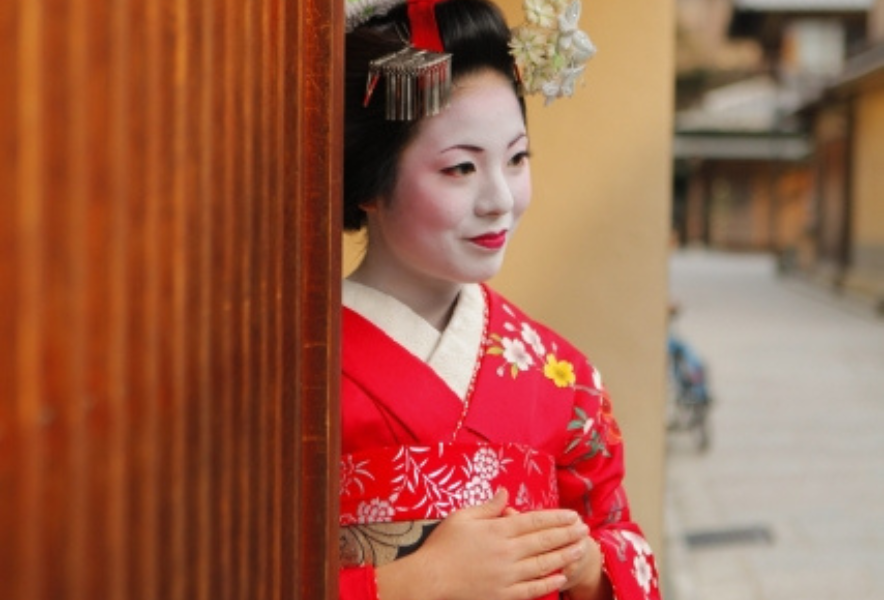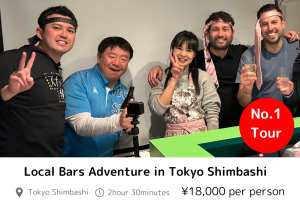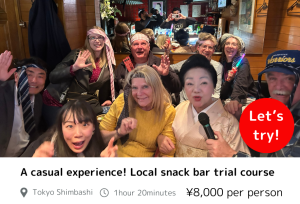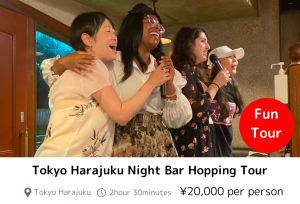Japan’s cultural heritage is rich and diverse, with centuries-old traditions that continue to fascinate people around the world. Among these, the world of maiko, geisha, and zashiki asobi (traditional parlor games) stands out for its elegance and mystique. If you’re visiting Japan, especially Kyoto, understanding these cultural icons will enhance your appreciation of Japanese artistry and history.
Contents
The Maiko: Apprentices of Elegance
A maiko is an apprentice geisha, primarily found in Kyoto. The journey to becoming a maiko begins at a young age, usually around 15 to 20 years old, and involves rigorous training in various traditional Japanese arts.
- Appearance: Maiko are easily recognizable by their elaborate hairstyles, colorful kimono, and distinctive makeup, including white face paint, red and black accents around the eyes, and red lips. Their hair is adorned with intricate hairpieces (kanzashi), and their kimono is richly decorated with long, flowing sleeves.
- Training: A maiko’s training includes learning traditional dance (nihon buyo), playing musical instruments like the shamisen, tea ceremony (sado), and flower arranging (ikebana). These skills are essential for their role in entertaining guests.
- Performance: Maiko perform at tea houses (ochaya) and special events, where they showcase their dancing and musical talents. They also engage guests in conversation and traditional games.
The Geisha: Masters of Art and Grace
Geisha, sometimes referred to as geiko in Kyoto, are professional entertainers who have completed their maiko apprenticeship and have mastered the traditional arts.
- Appearance: Compared to maiko, geisha have a more understated and elegant appearance. Their kimono is simpler, and they wear a wig instead of styling their natural hair. The makeup is also less elaborate.
- Skills: Geisha are highly skilled in traditional Japanese arts. They are accomplished dancers, musicians, and performers of the tea ceremony. Their training allows them to engage guests with poise and sophistication.
- Role: Geisha entertain at banquets and private gatherings, offering not only performances but also refined conversation and the ability to create a pleasant atmosphere. They are revered for their cultural knowledge and elegance.
Zashiki Asobi: Traditional Parlor Games
Zashiki asobi refers to traditional games played by maiko and geisha to entertain their guests. These games are a highlight of the experience and provide an opportunity for interaction and fun.
- Tosenkyo: A game where players throw a fan at a target, usually a small wooden figure, to knock it off a stand.
- Konpira Fune Fune: A hand game where participants compete to touch objects in a rhythm, trying to outsmart their opponent.
- Koi-Koi: A card game played with hanafuda (flower cards), involving strategy and luck.
These games are not just for amusement; they are a way for maiko and geisha to demonstrate their agility, wit, and charm.
Experiencing Maiko and Geisha Culture
For visitors to Japan, there are several ways to experience the enchanting world of maiko and geisha:
- Tea House Visits: In Kyoto, visitors can book an evening at an ochaya, where they can enjoy performances by maiko and geisha. These experiences are often exclusive and require reservations through specialized agencies.
- Public Performances: Some theaters in Kyoto offer public performances by maiko and geisha, providing an accessible way to witness their artistry.
- Cultural Workshops: Participating in workshops where you can learn about the traditional arts, including dance, tea ceremony, and kimono dressing, gives you a deeper understanding of the skills and dedication involved in becoming a maiko or geisha.
Modern Nightlife: Snacking with Stories of Maiko
Beyond the traditional tea houses, there are unique venues like snack bars run by former maiko, offering a modern twist on Japan’s rich culture. These establishments can be found in cities like Kyoto and Tokyo, providing a rare opportunity to hear fascinating stories from former maiko about their experiences and the traditions they upheld.
Visiting a snack bar is another way to explore Japan’s nightlife, where you can enjoy a more casual yet equally captivating entertainment experience. It’s a chance to connect with Japan’s cultural heritage in a relaxed and engaging environment.
Conclusion
The world of maiko, geisha, and zashiki asobi is a captivating part of Japanese culture that reflects the country’s deep appreciation for tradition, art, and elegance. Whether through private engagements, public performances, or a visit to a snack bar run by a former maiko, experiencing this unique aspect of Japan offers a memorable and enriching glimpse into a timeless tradition. Embrace the opportunity to learn and enjoy the charm and sophistication of Japan’s traditional entertainers on your next visit.
Experience a Japanese Snack-bar with a fun guide tour
After you enjoy the place, you can go to Snack Bars, beloved by many but you can’t enter without a guide. You can enjoy communication with the owner and other customers, as well as singing karaoke, allowing for a relaxing time.
Most snack bars have a policy of refusing entry to foreigners. However, with a tour, you’ll have a guide, so you can enter with peace of mind.
When visiting Japan, don’t just check off the tourist spots –
dive into local experiences for an unforgettable journey!
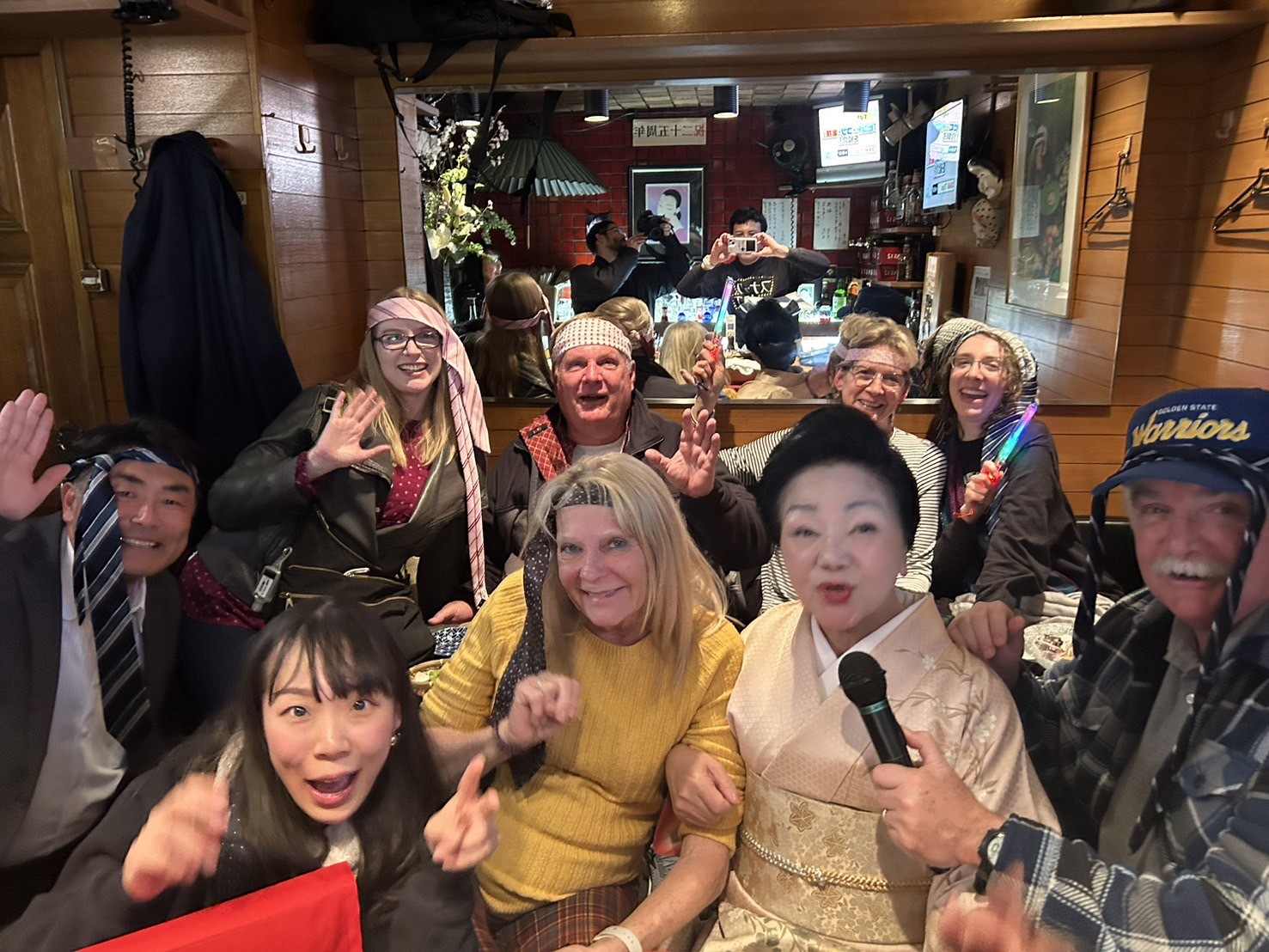
Once you experience it, you’ll be captivated too! The charm of snack bars.

New encounters with people! The camaraderie of singing at a snack bar! Conversations with the mama-san!

